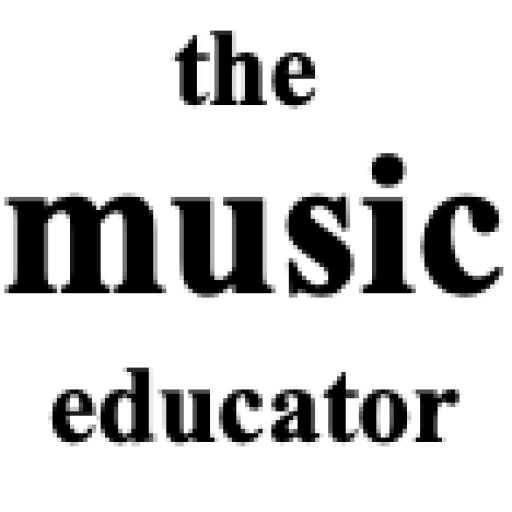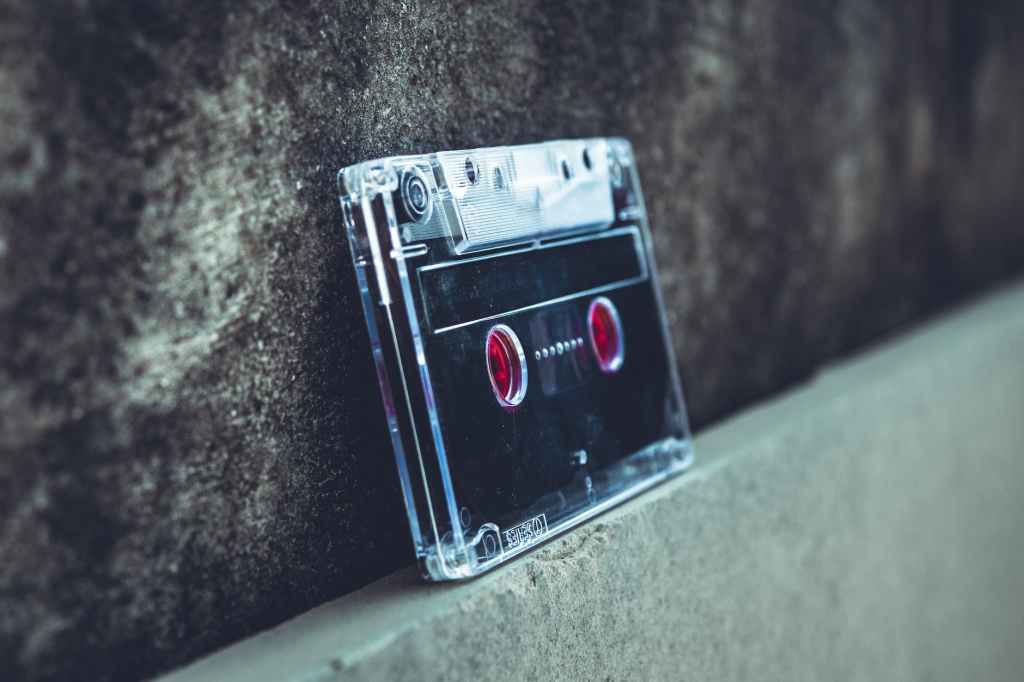The more I work as a musician in the modern world, the more I begin to ponder this question as an educator. What is music? What is this thing that we teach?
We follow so many traditional structures automatically in how we teach music. But what is it that we are teaching?
Even speaking within my own culture, there is so much variance in music. From chillhop to ‘post-modern’ classical music, the divide feels mammoth. How do we keep equip our music students for this kind of world?
The answer is, of course, that we do our best.
The very best kind of teaching carries within it a level of personalisation to the student. We all remember the feeling of learning pointless maths in school, right? Now, it certainly isn’t actually all useless, but the rigid following of one curriculum leads to students and adults who feel that their education was wasted.
I reflected on my piano education the other day. I had several teachers, varying styles, different strengths, but they all shared this one idea; that I should prepare for an exam, playing the same pieces for nine months or more, until they are as perfect as possible, then perform them for one person, who will give feedback heavily biased by their own taste, and impacted by the strangeness of the unknown instrument I performed on.
While I don’t begrudge having sat piano exams, as a teacher trained to teach the entire curriculum, this approach is strange in the extreme. Not the exam, to be clear. But the lead-up to it. Because it meant I was only ever playing from that syllabus. I wasn’t listening to music beyond that (on purpose for learning), I wasn’t exploring making music beyond one arbitrary collection. And it meant that when I could choose my own repertoire, I knew very little about lesser known composers, and nearly nothing about female composers. Ironic that that is now what I am.
I understood music to be in binary, ternary and sonata form. To exist only within certain key signatures. To have stern limits placed upon its structure, and ways that is just ‘works’.
Music isn’t this perfect thing, it doesn’t fit within our nice little box, and it certainly doesn’t belong to any one culture above another.
What then, do we do? What is this music that we teach?
Well, firstly, listen to your students. What’s their story? What’s the music of their homes, the music of their childhoods?
Next, don’t deny your own background. We can’t value all music by accepting some and dismissing all the others. Share the music that you love with your students. Whether or not you can play it yourself; put it on Spotify if you need to.
This brings me around to the most actionable point; make listening to music part of your instrumental music lessons. Assign listening lists for the week, encourage students to engage with music they never heard before, that they didn’t know existed. To find music they don’t like, music they learn to love, and music they then want to play.
And finally, let them assign listening to you. There is always a very real chance that students will listen to music that you don’t know. The more you know about why they love music and why they’re learning, the better you can teach them. And the better musician and music educator you will be.
Feeling overwhelmed with the never-ending responsibilities of a music teacher? Us too! Go to our shop to find reasonably priced music education resources designed by experts to make your life easier.


Leave a comment